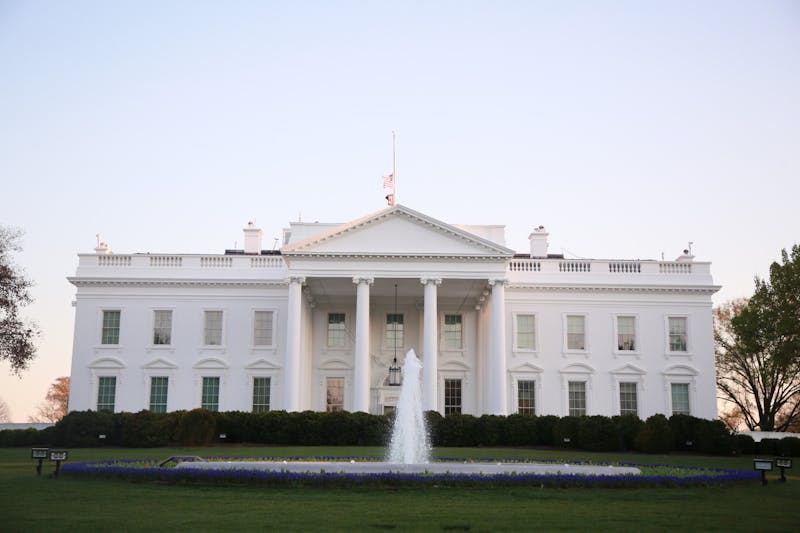Two years ago, a hamburger in France cost the same as it did in the United States. Today, that same burger costs almost 30 percent more.
The depreciation of the U.S. dollar against the euro has made it increasingly more expensive for Americans to live in Europe. Nevertheless, hundreds of Penn students chose to spend at least one semester abroad during the academic year.
In general, more Penn students studied abroad this school year than ever before. Although the level of student enrollment in universities in Latin America -- where the U.S. dollar is relatively stronger -- stayed about the same as in previous years, there were about 8 percent more Penn students abroad in Europe than last year. Nearly 400 students from Penn will study in Europe this year.
There seems to be no correlation between the relative strength or weakness of the American dollar and the popularity of certain foreign countries, according to Geoffrey Gee, director of Penn Abroad.
College junior Vanessa White said she regrets not factoring exchange rates -- between the U.S. dollar and the pound --- into her decision to go to Scotland this past fall.
Because the American dollar is even weaker against the British pound, as opposed to against the euro, White said, "I wish I would have taken it into a little more consideration. I might have chosen to go to Ireland, because they are on the euro."
In the end, White said that the relative weakness of the U.S. dollar against the pound did not detract from her abroad experience, but said "it was definitely a constant consideration."
College junior Nicholas Bobys echoed White's sentiments. In London this past fall, he said he found himself buying only the necessities.
Bobys is not alone. For many Penn students abroad in Western Europe -- the most popular destination -- the weakness of the U.S. dollar hindered travel plans and extracurricular activities.
Had the U.S. dollar been stronger, White said, she would have taken part in more cultural activities.
"I would have gone to more concerts [and] maybe more museums," she said. "I would find the cheapest food, and it would still end up being five or six bucks for [something] ... that I would probably pay three or four [dollars] for here."
But, Bobys said, "If you look around hard enough, you can find stuff."
Compared to those in Europe, College junior Daniel Gadino --who studied in Argentina -- said that he was able to go out, go shopping and travel more often.
Gadino was at first torn between going to Spain or going to Argentina, but he didn't take exchange rates into account.
However, looking back on his experience, Gadino is glad he chose Argentina because of the strength of the U.S. dollar against the Argentine peso.
"It was a pleasant surprise," he said.
According to Gee, "While statistically insignificant, there are probably a few individuals who chose program sites with an eye on non-tuition costs of housing, meals and ... entertainment."
However, Gee said that most students make the final decision "based on the relevance of the curriculum ... and their need to complete their degrees on time."
Geography, more than cost, plays a role in the student's decision, said Gee, because no matter where Penn students ultimately decide to study, they pay Penn tuition.
The Daily Pennsylvanian is an independent, student-run newspaper. Please consider making a donation to support the coverage that shapes the University. Your generosity ensures a future of strong journalism at Penn.
DonatePlease note All comments are eligible for publication in The Daily Pennsylvanian.







